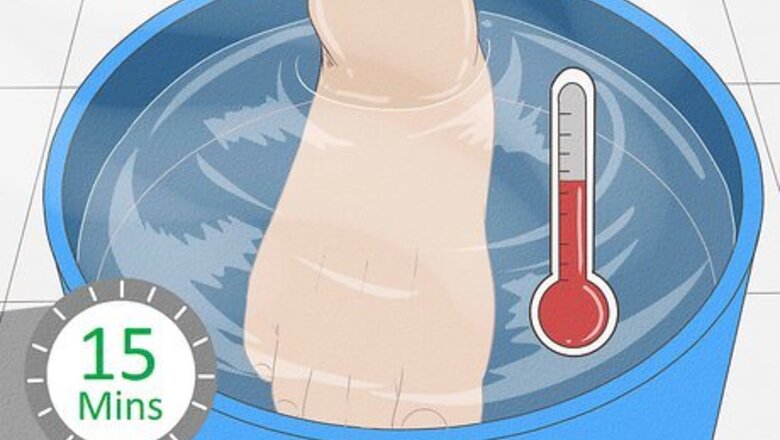
views
X
Trustworthy Source
American Academy of Dermatology
Professional organization made of over 20,000 certified dermatologists
Go to source
Warts can spread through the direct contact, or contact with someone or something that has touched the wart, so it's important to get rid of one quickly once you notice it. The good news is, warts are easily removed using over the counter treatments. By soaking and pumicing your wart, and following that with a mild salicylic acid treatment or tape covering, you can get rid of your wart in a matter of weeks.
Using Pumice and Acid
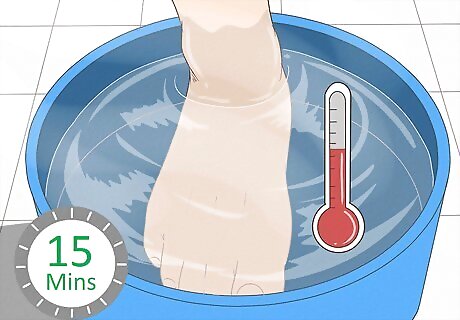
Soften the skin with hot water. Most wart removal methods require you to soften the skin around the wart before applying any other treatment. This makes the calloused area easier to remove. Start by soaking the wart and surrounding areas in a hot water bath for ten to fifteen minutes prior to removal.
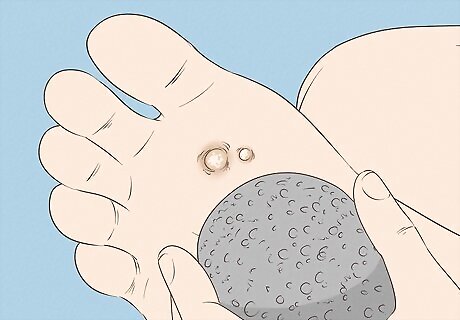
Buff the wart. While the calloused skin surrounding the wart is still soft from soaking, use a pumice stone or another abrasive surface like an emery board to file down the dead skin. Use a gentle scrubbing or back-and-forth motion to take off the top, whitish layer of skin. Do not pumice too hard or too much. The pumice should not hurt, and you should stop once you buff away the dead skin. Stop if you feel any pain, irritation, or discomfort. Do not share a pumice stone with others, as this could lead to infection.
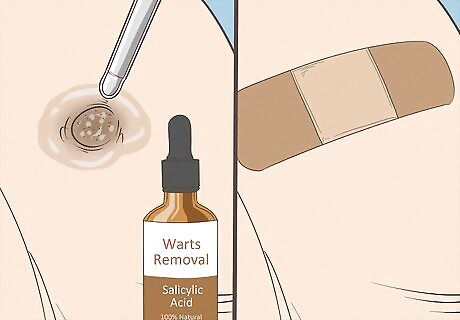
Apply an acid treatment. Pumicing, alone, will not get rid of a wart. After pumicing, apply a salicylic acid treatment formulated especially for wart removal. These are available over the counter in both liquid and patch form from most pharmacies and drug stores. If you use a liquid treatment, you may opt to apply a bandage after you apply the treatment to keep the area covered and the acid contained.
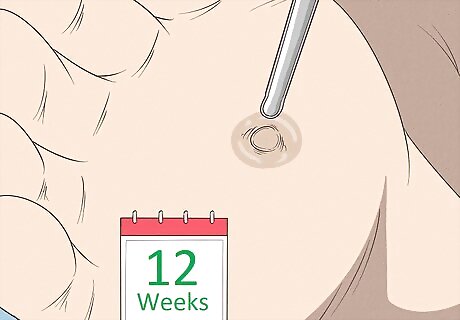
Repeat treatment until the wart is gone. Treating a wart by pumicing and applying acid can take time. Repeat the treatment daily until the wart has disappeared. If the wart is not gone after 12 weeks, contact your doctor to see if continuing treatment is advised.
Managing Warts with Pumice and Tape
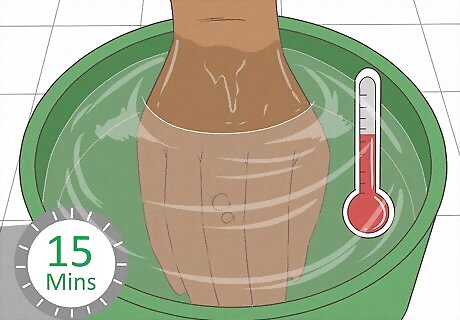
Soak your skin for ten to fifteen minutes. Just as with any other wart treatment, you will want to soak the thick, hardened skin around the wart in hot water for up to fifteen minutes. Allow the tissue to soften so that it is more readily removed with the pumice stone. Towel dry the wart before using the stone.
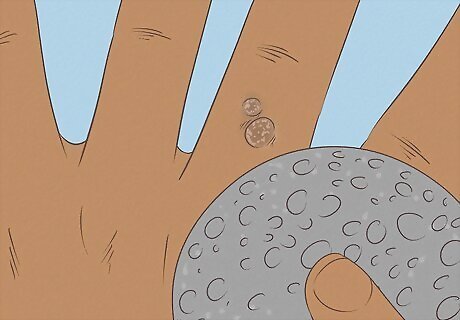
Pumice the wart gently. Use a pumice stone immediately after soaking to gently remove the softened layers of dead skin near the wart. Do not press too hard, as this could cause cracking and infection. Instead, use a gentle back-and-forth motion over the area around the wart, and stop when you notice healthy, live skin.
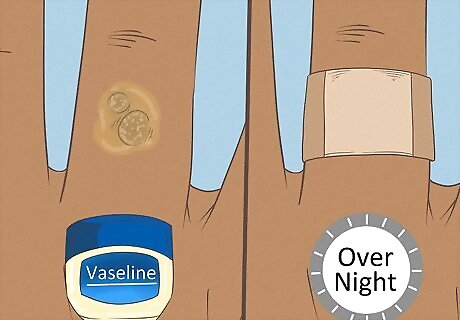
Cover the wart overnight. After pumicing, use petroleum jelly or another moisturizing cream to cover the wart overnight and allow it to soften. In the morning, wash off any residual jelly or cream and towel dry the site.
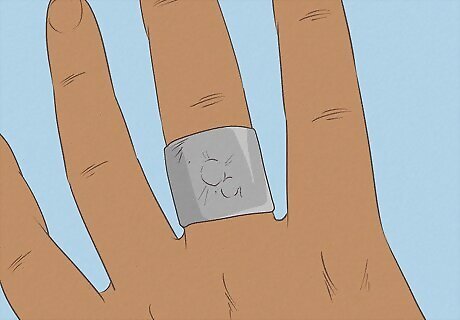
Cover the wart with duct tape. There is no medical proof that duct tape is an effective treatment for warts, but many claim to have great success with this home remedy. After pumicing the wart, cover it with a small piece of duct tape. Change out the tape every six or so days to peel away the wart a few layers at a time. Repeat the soaking and pumicing process every time you change out the duct tape. Continue this process for no more than two months. If the treatment is not working, try another over the counter treatment, or contact your doctor for further care instructions.
Preventing Future Warts
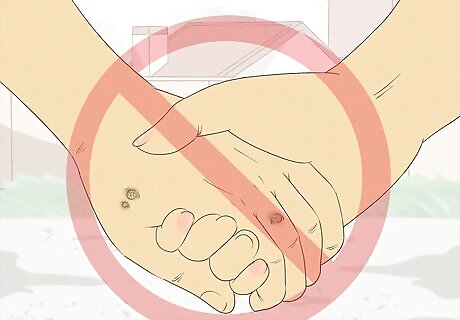
Avoid contact with other warts. This goes for warts on your own body, as well as other’s warts. Avoid direct contact between a wart and areas where you do not have warts. Touching unaffected areas may only spread the virus – places where you have cuts or scrapes or where you shave are especially susceptible. If you do come into contact with warts or with surfaces that have been touched by someone with warts, make sure to wash your hands and any other exposed areas carefully with soap and hot water.
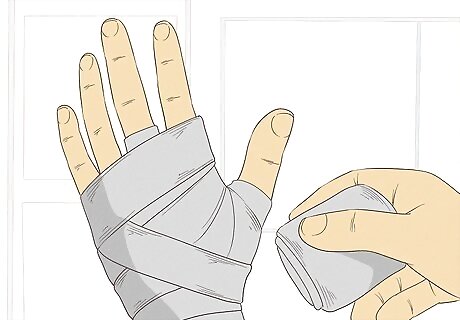
Cover current warts. Help keep warts from spreading elsewhere on your body or to others by covering your current warts with a bandage or clothing. This can help minimize direct contact with the wart while it heals.
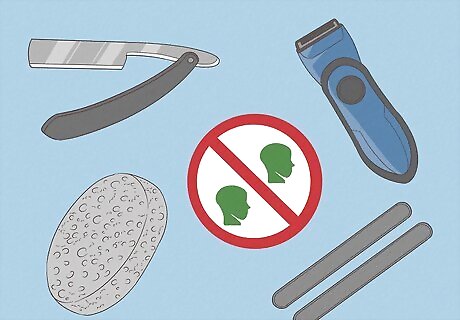
Be careful sharing grooming tools. Tools such as pumice stones, razors, nail files or trimmers, and any other object that comes into contact with an infected area could spread the virus. This can include things like towels, too. Be careful sharing or borrowing tools from someone currently treating warts.












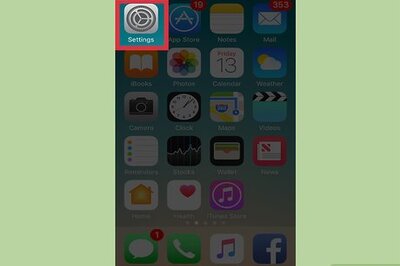






Comments
0 comment